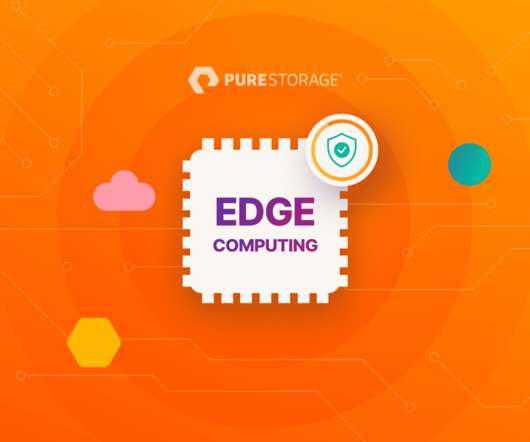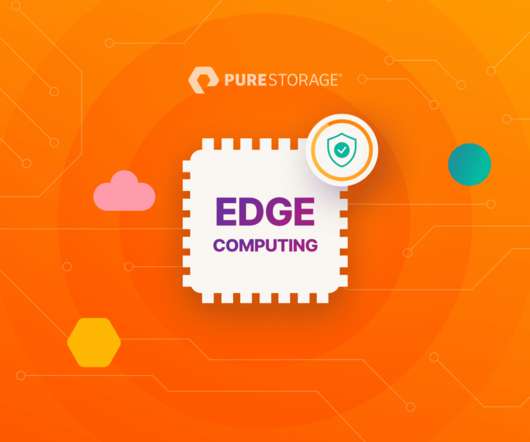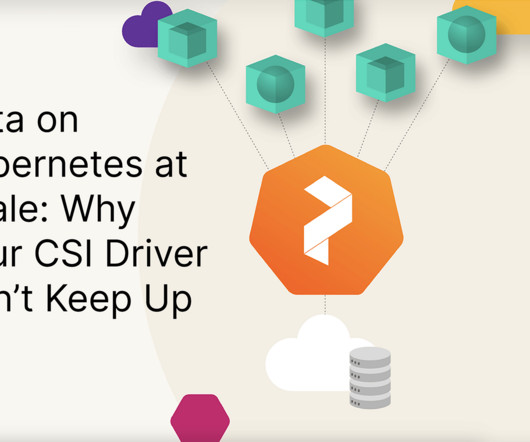Data and Cyber Resilience is Critical to Your Company’s Cybersecurity Strategy
Solutions Review
DECEMBER 21, 2021
Data and cyber resilient storage is a critical component for any enterprise’s corporate cybersecurity strategy. The lens through which to see data backup and disaster recovery (BUDR) must be widened to encompass cyber defence and data infrastructure in a more comprehensive fashion. Attributes of Cyber Resiliency.












Let's personalize your content